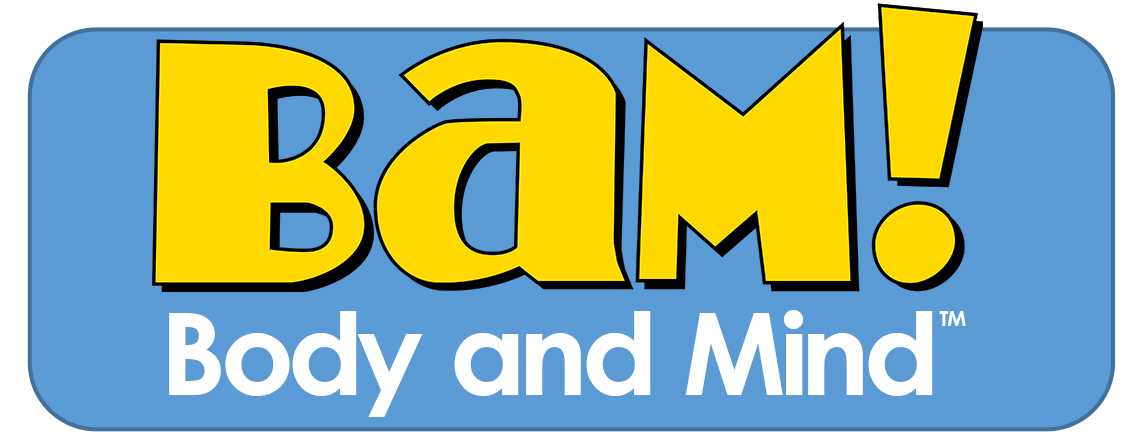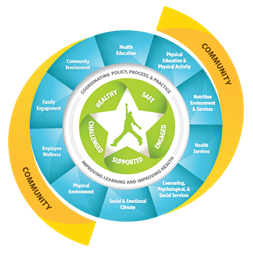Whole School, Whole Community, Whole Child (WSCC)
A collaborative approach to learning and health
Establishing healthy behaviors during childhood is easier and more effective than trying to change unhealthy behaviors during adulthood. Schools play a critical role in promoting the health and safety of young people and helping them establish lifelong healthy behavior patterns. Research shows a link between the health outcomes of young people and their academic success . To have the most positive impact on the health outcomes of young people, government agencies, community organizations, schools, and other community members must work together through a collaborative and comprehensive approach.
The Whole School, Whole Community, Whole Child (WSCC) model expands on the eight elements of CDC’s coordinated school health ( CSH ) approach and is combined with the whole child framework. CDC and ASCD developed this expanded model—in collaboration with key leaders from the fields of health, public health, education, and school health—to strengthen a unified and collaborative approach designed to improve learning and health in our nation’s schools.
The Need for an Expanded Model to School Health
The education, public health, and school health sectors have each called for greater alignment, integration, and collaboration between education and health to improve each child’s cognitive, physical, social, and emotional development. Public health and education serve the same children, often in the same settings. The WSCC focuses on the child to align the common goals of both sectors. The expanded model integrates the eight components of a coordinated school health (CSH) program with the tenets of a whole child approach to education.
Quick Links
- Page last reviewed: August 26, 2015
- Page last updated: August 26, 2015
- Content source:



 ShareCompartir
ShareCompartir
